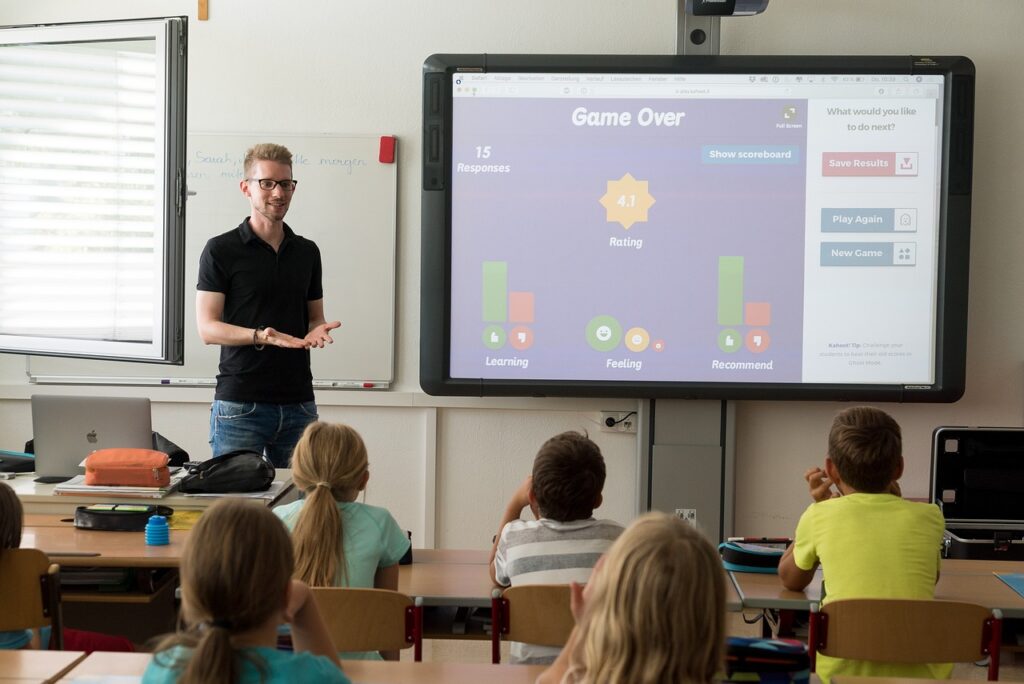While educational or instructional technologists – who consider themselves technologically literate – are interested in integrating technology into classroom instruction because they are convinced of the added value technology brings to education, some teachers might still be less convinced about the value of such integration, now that the pandemic is in the rearview mirror.
The term technology literacy has been defined in various ways. It often refers to computer literacy: one’s ability to use a computer. The term information and communication technology literacy refers to how an individual can use technology for data gathering, analysis, and reporting (Davies, 2011). Or how “an individual’s ability to adopt, adapt, invent, and evaluate technology to positively affect his or her life, community, and the environment” (Hansen, 2003). Technologically literate teachers:
- invest time and effort into the process of technology exploration and integration
- reflect on how and why they use technology to reach learning goals
Three Levels of Technology Literacy
Basic Level: (or awareness level): This is the most basic level, where teachers know the purpose and function of a piece of technology, but they lack practical wisdom and confidence in how to use it (Davies, 2011).
Intermediate Level: (or praxis level): At this level teachers experience using the technology firsthand and gaining practical wisdom for its use in the process. This is hands-on learning with the technology.
Advanced Level (or phronesis level): At this level teachers become adept at using technology. They can reflect on why they choose to use – or not use – technology. Reaching this level is only possible through the application of technology in authentic situations. The teacher at this level purposefully selects the technology because they are confident that the technology helps them reach the learning goal (Davies, 2011). Staing at this level requires ‘maintenance’, specifically the continual education and reeducation in the use of new and familiar pieces of technology.
Tips for Administrators
Some teachers are ready to consider making their classrooms more technology rich. How does an administrator know who they are? The characteristics of these teachers listed below could help an administrator strategically select or partner with a teacher to build buy-in among faculty. These teachers have most likely been informal faculty ‘go-to’ persons regarding technology questions. Why not recruit them in a more formal capacity as trainers, mentors, coaches?
- has 5-8 years of teaching experience
- is an active technology user in their personal life
- is already using technology in the classroom
- use their personal time to ‘play with’ classroom technology, try out apps, etc.
Technology isn’t here to replace teachers but to empower them. The use of technology is a bridge to connect with all students, enabling them to create meaningful, interactive, and engaging learning experiences.
Sources:
Davies, R. (2011). Understanding technology literacy: A framework for evaluating educational technology integration. Techtrends: Linking Reaearch & Practice to Improve Learning, 55(5).
Hansen, J. W. (2003). To change perceptions of technology programs. Journal of Technology Studies, 29, 16-19.

